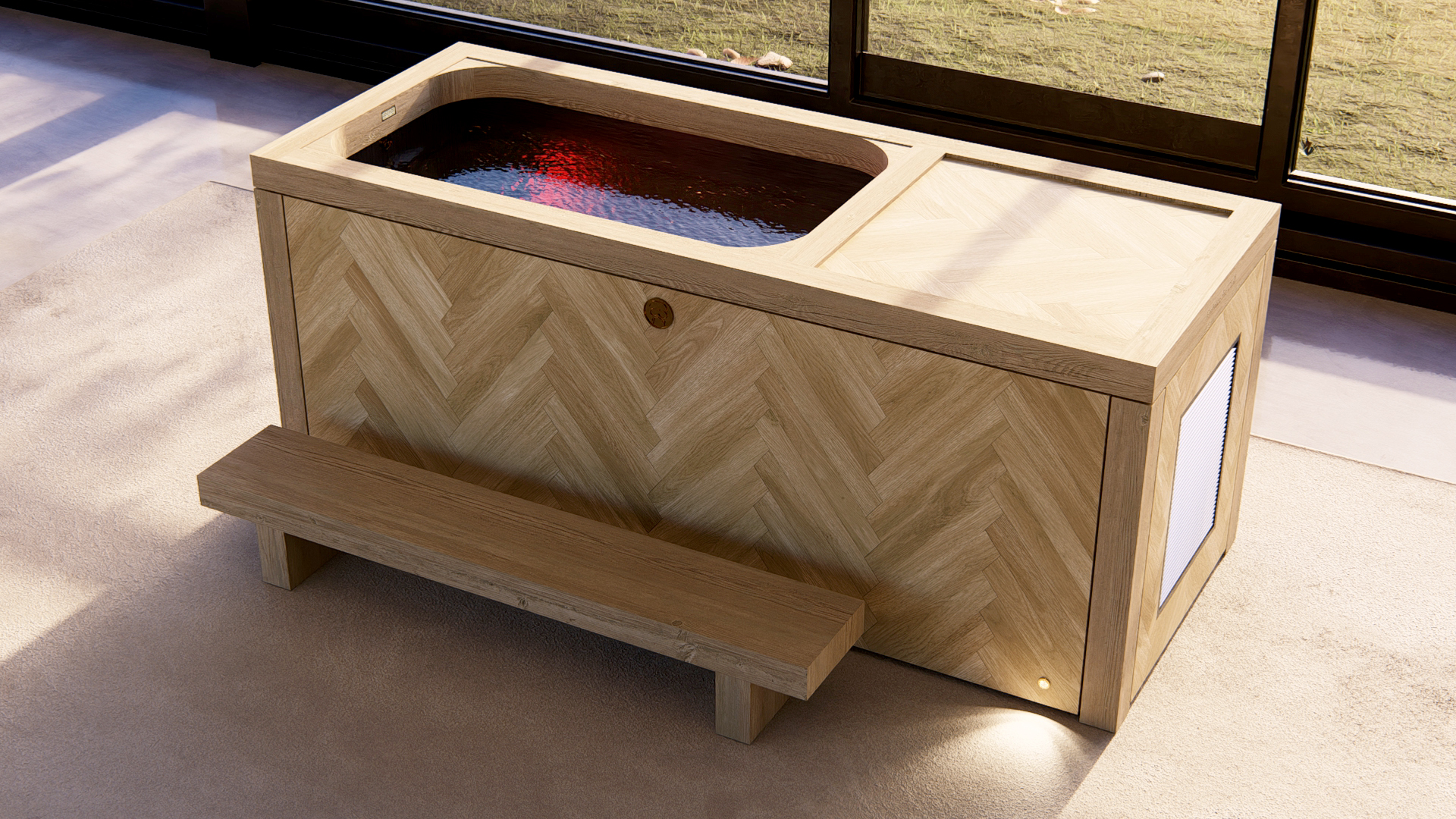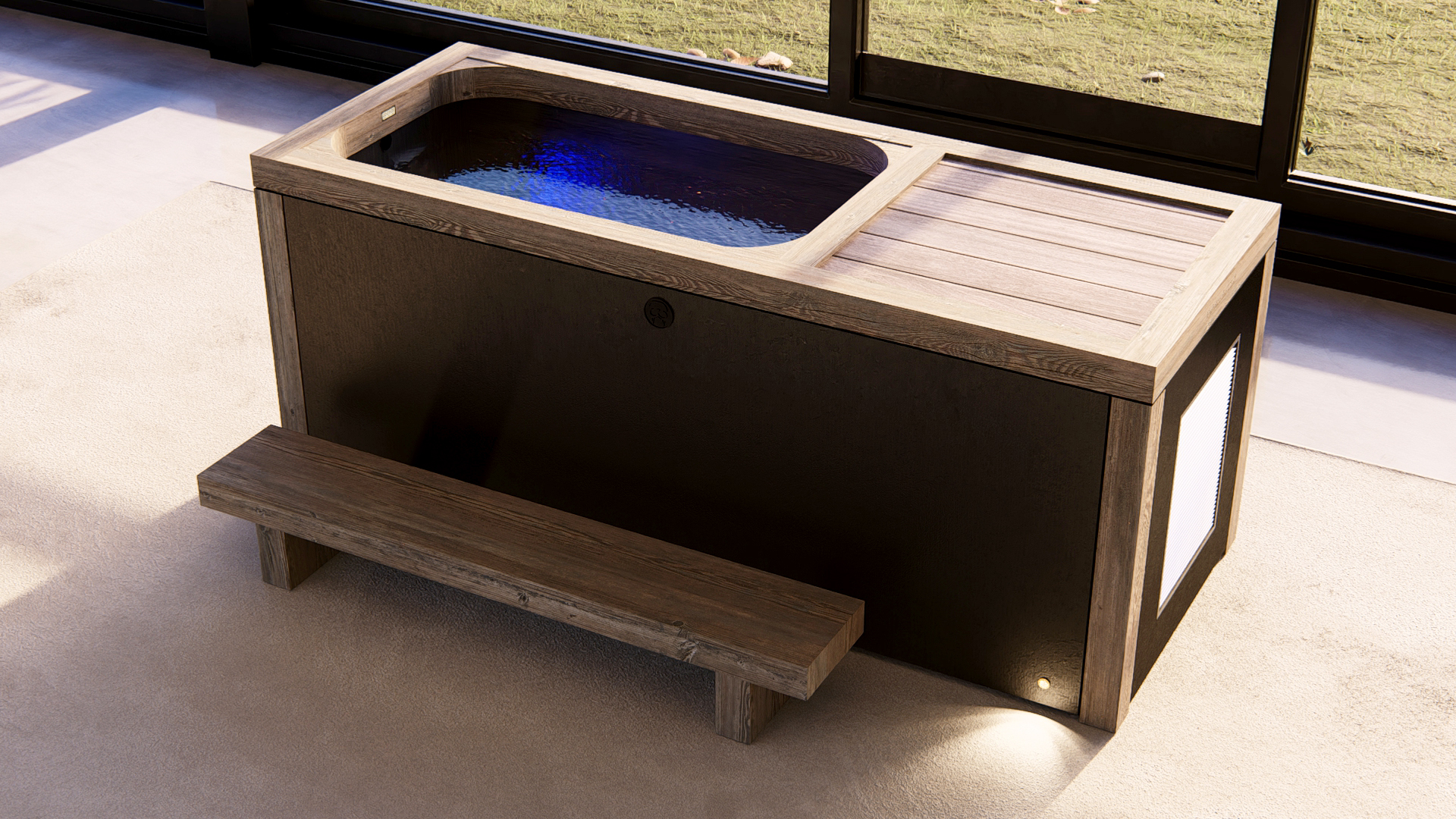cold water immersion
Arthritis, Crohn's disease, psoriasis, depression - all of those diseases are a result of our neglected biochemistry. We need to be stimulated to help fight disease. Cold is a great stimulator.
Wim Hof
What is Cold Water Immersion and How Does It Help My Body?
Cold water immersion (CWI), often referred to as cold water therapy or hydrotherapy, involves submerging the body in cold water for a specific period. This practice has gained popularity in recent years due to its numerous purported health benefits, ranging from improved recovery post-exercise to enhanced mental well-being. Understanding how cold water immersion works and its potential effects on the body can help individuals incorporate this practice into their health and wellness routines more effectively.

The Mechanism of Cold Water Immersion
Cold water immersion typically involves submerging oneself in water temperatures ranging from 0°C to 15°C (32°F to 59°F) for anywhere from a few minutes up to 20 minutes, depending on the desired effect and the individual’s tolerance. The cold stimulus activates a range of physiological responses that can contribute to its various benefits.
01.
Vasoconstriction and Vasodilation:
When the body is exposed to cold water, blood vessels constrict (vasoconstriction) to preserve core body temperature. Upon exiting the cold water, the vessels dilate (vasodilation), which helps increase blood flow and circulation.
02.
Anti-Inflammatory Response:
The cold temperature can reduce inflammation and swelling by decreasing the metabolic rate of tissues and constricting blood vessels, which helps limit the inflammatory process.
03.
EndorphinRelease:
The cold shock can stimulate the release of endorphins, the body’s natural painkillers, which can enhance mood and provide pain relief.
04.
Nervous System Activation:
Cold water immersion activates the sympathetic nervous system, leading to increased adrenaline levels, which can improve alertness and energy levels.






